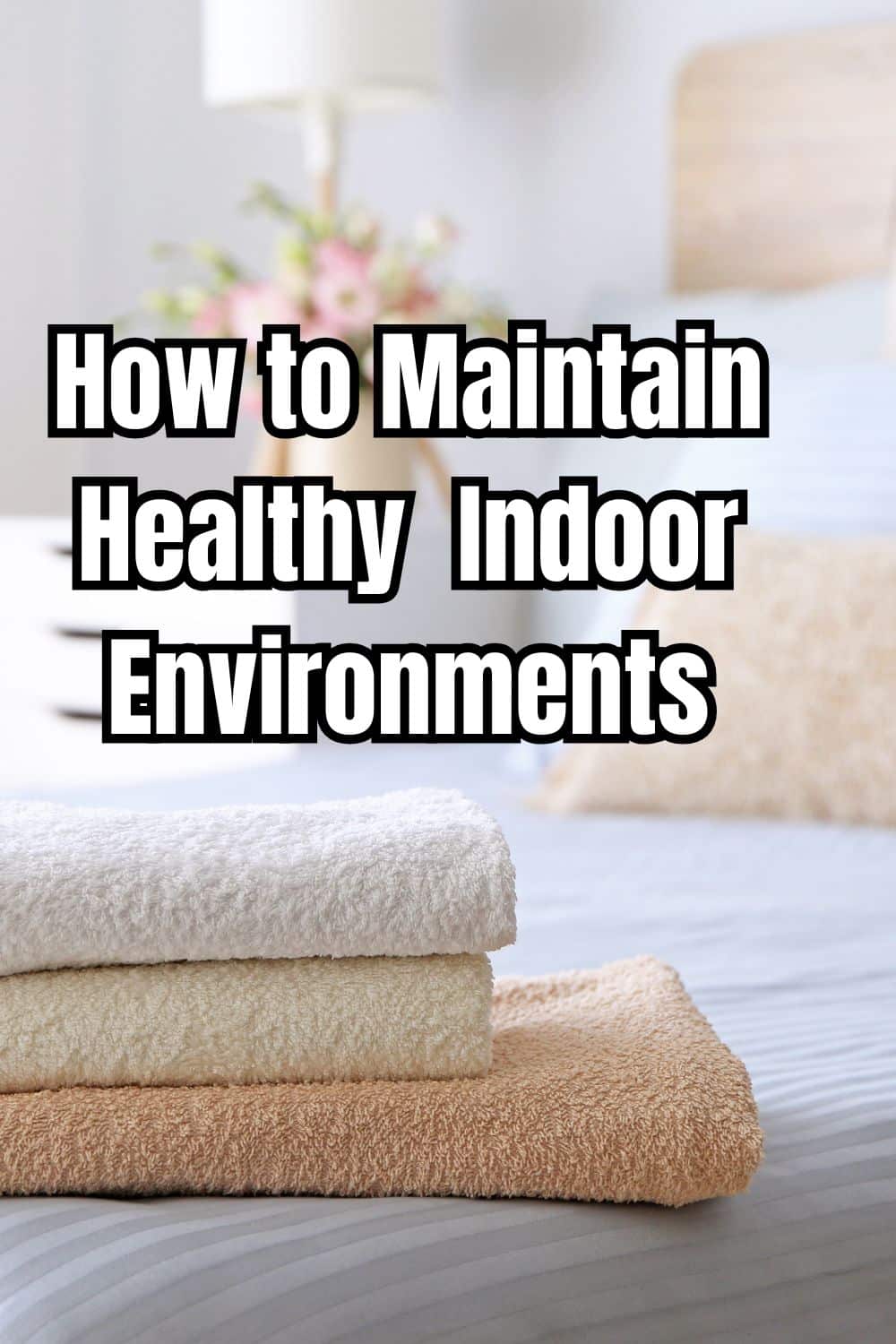Learn how to maintain healthy indoor environments and enhance your well-being with effective cleaning and ventilation tips.
How to Maintaining Healthy Indoor Environments ?
The quality of our indoor environments profoundly shapes our health and well-being. Every element within our living and working spaces—from the air circulating through our rooms to the surfaces we interact with daily—plays a crucial role in our comfort, productivity, and long-term health. Whether you’re maintaining a family home, renting an apartment, or spending hours in an office, your approach to cleaning, ventilation, and general upkeep lays the groundwork for a truly healthy indoor environment.
Understanding Indoor Pollutants and Their Impact
Indoor pollutants silently exist in virtually every space we inhabit. The usual suspects include dust particles, seasonal pollen, pet dander, volatile organic compounds (VOCs), and microscopic mold spores. These unwelcome guests come from surprisingly diverse sources—that new bookshelf slowly releasing chemicals, everyday cleaning products containing harsh ingredients, outdoor pollution drifting through open windows, and even the fur from our four-legged companions.
The health consequences can be far-reaching. Exposure often triggers immediate reactions like allergic responses and respiratory difficulties, including asthma flare-ups, persistent headaches, and sometimes contributes to more serious long-term health issues. Recognizing these invisible threats constitutes the essential first step toward creating a healthier living or working space.
The Role of Regular Cleaning in Indoor Health
Implementing consistent cleaning routines serves as the cornerstone of reducing indoor pollutants. Regular cleaning prevents dust and allergens from accumulating and eventually circulating throughout your home. High-touch surfaces—doorknobs, light switches, countertops, and remote controls—deserve particular attention since they frequently harbor microbes that transfer easily from person to person.
The science of effective cleaning goes beyond simply disturbing dust. Proper techniques actually capture and remove particles rather than just redistributing them into the air. Microfiber cloths, for instance, physically trap particles through electrostatic attraction, making them remarkably more efficient than conventional cotton cloths that often just push dust around.
Choosing the Right Cleaning Methods for Different Surfaces
Various surfaces throughout your home demand specific cleaning approaches. Hard floors benefit from regular sweeping coupled with periodic deep cleaning, while carpets require consistent vacuuming with HEPA-filtered machines to extract deeply embedded allergens. Upholstered furniture needs gentle yet thorough cleaning to prevent dust buildup without damaging fabrics, and bathroom tiles require attention to both surface areas and grout lines where mold easily takes hold.
Consider the real-world example of a family with young children and pets who battled recurring allergy symptoms. After implementing a targeted cleaning strategy—with special focus on bedding, upholstery, and floor surfaces—they noticed a remarkable reduction in allergy symptoms within just a few weeks.
Safe and Effective Cleaning Product Selection
Selecting safe, non-toxic cleaning products prevents introducing new pollutants while removing existing ones. Seek out products with transparent ingredient listings and credible certifications from established environmental organizations. Steer clear of products containing ammonia, chlorine bleach, phthalates, and synthetic fragrances, which commonly irritate respiratory systems and release harmful VOCs.
The Environmental Protection Agency (EPA) provides valuable guidelines for choosing safer cleaning alternatives, emphasizing that effective cleaning doesn’t necessarily require harsh chemical agents.
The Importance of Floor Care in Indoor Environments
Floors constitute the largest surface area in most spaces and function as primary collection points for dust, allergens, and microorganisms. Consistent floor maintenance dramatically influences overall indoor air quality, as normal movement throughout a room disturbs settled particles, propelling them into the air where they can be inhaled.
For best results, many households and businesses depend on specialized floor cleaners engineered to effectively remove dirt, dust, and allergens from various surfaces. Establishing a regular floor cleaning schedule—incorporating daily spot cleaning alongside more thorough weekly sessions—prevents the accumulation of pollutants that would otherwise compromise indoor air quality.
Additional Strategies for a Healthier Indoor Space
Beyond fundamental cleaning practices, several complementary approaches enhance indoor environmental health:
- Open windows regularly when outdoor air quality permits to introduce fresh air
- Keep humidity levels between 30-50% to discourage mold proliferation
- Reduce clutter systematically to minimize dust-collecting surfaces
- Install air purifiers with HEPA filtration in frequently used rooms
Maintaining a Sustainable Cleaning Routine
Developing a realistic, sustainable cleaning schedule proves far more effective than sporadic intensive cleaning marathons. Break tasks into manageable daily, weekly, and monthly activities rather than attempting to tackle everything at once. Consistency ultimately yields superior results compared to occasional intensity. Particularly for allergy sufferers who benefit from steady maintenance of low allergen levels.
Creating a Healthier Home or Workspace
Cultivating a healthy indoor environment requires mindful attention to regular cleaning, thoughtful product selection, and diligent floor maintenance. By understanding the nature of indoor pollutants and implementing targeted cleaning strategies, you can substantially improve your space’s air quality and overall healthfulness.
Small, consistent adjustments to your cleaning habits can deliver remarkable long-term benefits. The time and effort invested in creating and maintaining a clean indoor environment pays dividends through improved health, enhanced comfort, and elevated quality of life for everyone sharing your space.

Leave A Reply!